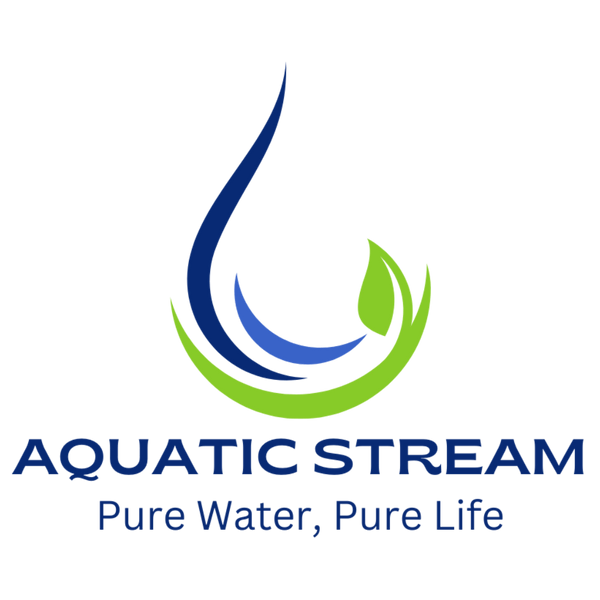Microplastics: the shocking ANSES study on glass bottles
Share
A recent study by ANSES shows that drinks packaged in glass bottles contain more microplastics than drinks in plastic, cardboard or cans [oaicite: 1] {index = 1}.
📌 Key Results
-
Soft drinks (cola, beer, lemonade, iced tea) in glass contain about 100 particles of microplastics per liter , which is 5 to 50 times more than in plastic or cans [oaicite: 2] {index = 2}.
-
For water in glass bottles, an average of 4.5 particles per liter was measured, compared to 1.6 particles in plastic bottles or cardboard [oaicite: 3] {index = 3}.
Additional context:
Microplastics are present not only in beverages, but also in food, air, and even rainwater. Concentrations in glass appear relatively high for soft drinks, primarily due to contact with metal capsules, but the absolute amount remains low for water and other light beverages.
🧪 Origin of the infection
The study shows that the particles originate primarily from metal capsules containing paint . Microparticles are created by friction during opening, which releases paint and releases it into the drink.
Additional explanation:
-
Microplastics are particles smaller than 5 mm. They can break down from larger plastics, but also end up directly in products through coatings, packaging, or production processes.
-
In glass bottles the source is often the capsule , while in plastic bottles the particles more often come from the bottle wall itself or production residues.
🔬 Possible reduction of microplastics
Tests show that cleaning capsules before use significantly reduces contamination:
-
Blowing: from 287 → 106 particles/l
-
Blowing + rinsing with water or alcohol: → 87 particles/l [oaicite: 5] {index = 5}
This shows that simple industrial measures can make a big difference, without the consumer having to change anything.
💧 Water is the best choice… even in glass
Water in glass bottles contains on average only 4.5 particles per litre , and therefore remains relatively uncontaminated compared to other drinks [oaicite: 6] {index = 6}.
Additional insight:
-
Tap water in many countries contains similar or lower amounts of microplastics than bottled water.
-
Filtering can reduce the number of particles even further.
-
The health impact of microplastics in beverages is still under investigation; so far, the doses ingested appear relatively low, but long-term effects are unknown.
⚠️ Should we avoid glass?
No. Glass remains a safe packaging option, especially for water. This study emphasizes that accidental contamination can be prevented with simple industrial good practices .
Environmental note:
-
Glass is reusable and recyclable, and often has a lower long-term environmental footprint than plastic, especially when reused.
-
Plastic actually contributes to environmental pollution due to non-biodegradable residues.
💡 Practical advice
-
Keep drinking water (limited contamination).
-
Vary the packaging: plastic, glass, filtered tap water.
-
Choose water with a low ecological footprint: less CO₂, more energy-efficient and without microplastics from capsules.
-
Pay attention to soft drink production practices: capsule and cap cleaning can make a big difference.
Sources: ANSES, Le Monde, Futura-Sciences [oaicite: 7] {index = 7}
